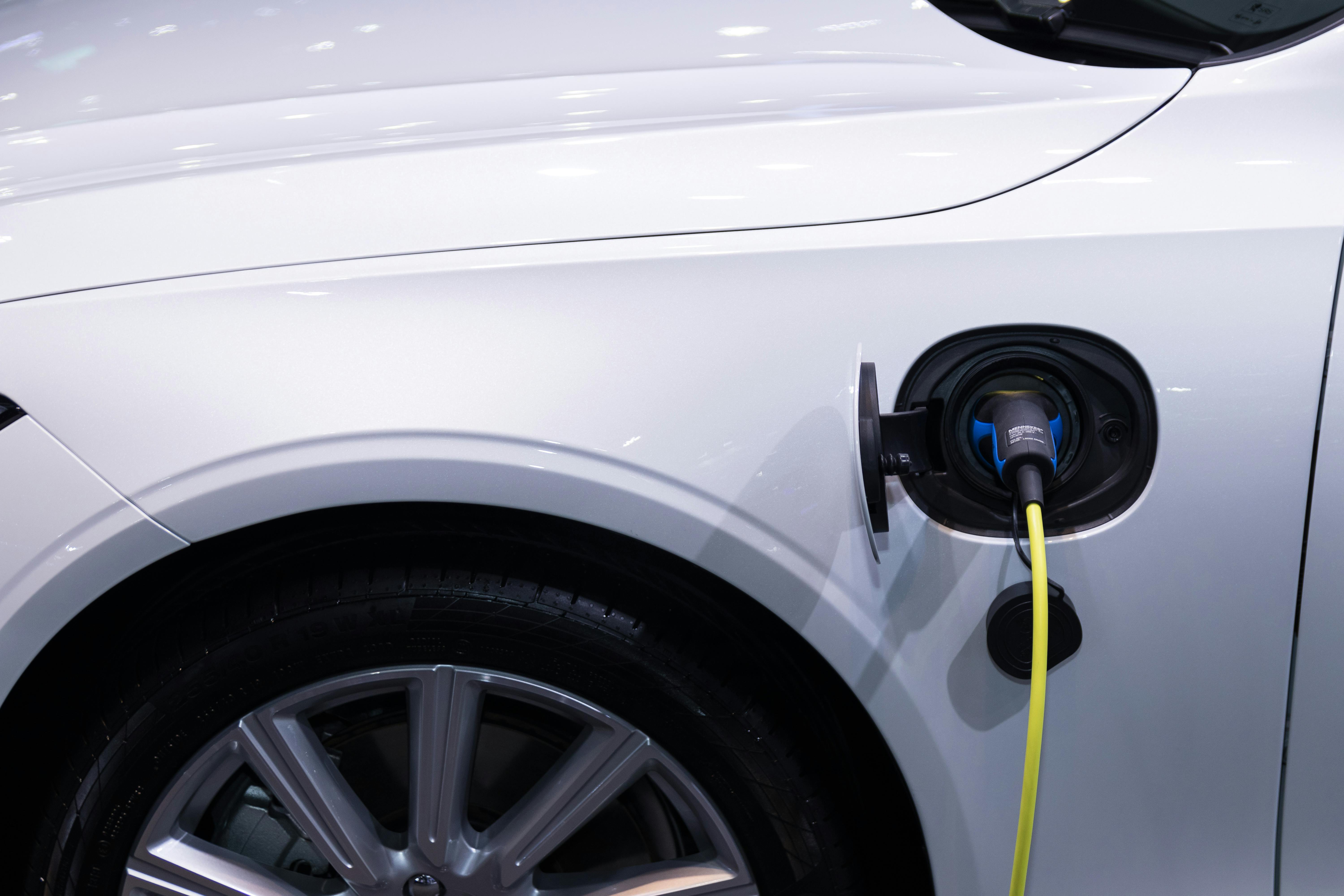Smart Sourcing for the EV Era

India’s automotive procurement is accelerating with EV and connected vehicle adoption, driven by AI-led sourcing, automation, and sustainability—spurring demand for recycled, bio-based materials and advanced electronic components over the next five years.
Q1. Could you start by giving us a brief overview of your professional background, particularly focusing on your expertise in the industry?
Professional Synopsis:
I am an industry professional turned academician with 22 years of experience. Before academia, I established myself as an accomplished professional with over 21 years of hands-on experience in Supply Chain Management, Procurement, and Sourcing in the automotive sector.
My Journey in Supply Chain Management included:
Supply Chain management experience in leading automobile companies with specialization in Sourcing, Negotiation, Vendor development, Vendor upgradation and capability development, product development, Overall Supply management, Supply Chain Systems, and Process development in Key projects
• Key Skills: Sourcing, Strategy development across product categories, Bundled Sourcing, Negotiation Strategies, Supply management, contingency planning for critical parts, Coordination with internal stakeholders across the company to align supply chain activities, Overall Process/ System development and implementation, Cost reduction through various measures like Value Analysis and Value Engineering, Vendor capability development by conducting sessions regularly.
• Automobile Accessories: Sourcing, development, launch, including dealing with internal sales stakeholders.
• Coordination with international teams (Japan) for special projects in Sourcing, Costing, derisking supplies, and accessory development /launch
Specialization in Commonization and merger practices for OEM Supply Chains for leading Automobile companies.
As an academician, I am conducting additional research in Sustainable Supply Chains and Electric Vehicles.
Publications
Sharma, A., Singh, P. S., Lakshmi, D., Arora, N., Makol, R., Rao, S., & Moorthy, S. (2025). Electric vehicles unplugged: An in-depth examination of pricing and specifications across key global markets—Journal of Cleaner Production, 496, 145082.
This Scopus Q1 journal (Impact Factor: 9.8) is SCI-indexed and ABDC 'A' rated, making it one of the top platforms for sustainability and environmental research. This study covers EV pricing, market trends, and sustainable mobility, providing key insights for industry and policy.
Q2. What growth trajectory do you foresee for automotive procurement and sourcing in India, particularly as EVs and connected vehicles gain traction?
India's Automotive procurement is witnessing a significant shift in procurement and sourcing practices. From the earlier transactional or conventional approach, the Indian automotive procurement is shifting towards a more Strategic procurement and sourcing wherein OEMs are now bringing in supplier partners who are not only technologically oriented as per the OEM requirement, but are also making the existing Supply Chain more resilient with their technical capabilities, digital maturity, and sustainability metrics. EV-related sourcing alone, including battery and powertrain components, is expected to deliver a CAGR of more than 25% from 2025 to 2030.
Q3. In what ways are automation, AI, and digital procurement platforms reshaping vendor management and sourcing efficiency?
Automation, AI, and digital procurement platforms are transforming the overall vendor management and sourcing efficiency. Sourcing cycle time is reduced by using tools to generate RFQs, manage their distribution, and monitor their lead times, thereby speeding up the sourcing process digitally. The use of automated workflows to track sourcing and development milestones, manage vendor contracts, track cost-reduction milestones, and manage payment cycles is reshaping digital value change management.
Q4. How are sustainability standards affecting the adoption of new materials, like recycled plastics or bio-based composites, in automotive components?
Sustainability standards are essentially driving the adoption of new materials, such as recycled plastics or bio-based composites, in the automotive sector. OEMs are also working to align with net-zero targets. Hence, the use of recycled plastic for plastic parts, newer materials for light weighting, and recycled materials for battery housing, etc., are increasingly being adopted by OEMs in this strategic sourcing shift to achieve sustainable supply chains.
Q5. Where do you see the biggest growth opportunities in automotive procurement over the next 3–5 years, particularly with EVs, connected vehicles, or advanced electronics?
The most significant growth opportunity in automotive procurement necessarily lies in the EV Ecosystem. OEMs are seeking strategic supplier benchmarking across the EV ecosystem, including the battery pack and related components. They are also looking to increase strategic sourcing in Semiconductors, which were the main culprits in the value chain post-pandemic. The semiconductor market is projected to grow at a CAGR of greater than 15% on account of its use in ADAS, Infotainment, Telematics, Software-defined vehicles, and connected mobility platforms. All this is going to make the vendor evaluation for such parts even more stringent, as it will require stronger data privacy protections for better security and interoperability to support standardization across the chain.
Q6. If you were an investor looking at companies within the space, what critical question would you pose to their senior management?
As an investor looking at companies within the space, the critical questions that come to my mind, which I would recommend to the senior management, are:
a) Is the company working on making its supply chain resilient? If so, what practices are followed?
b) Does the company have a risk mitigation plan? What risks and action plans are they working on? Are they monitoring their key suppliers for risk, and for what kinds of risks (financial, operational, etc.)?
c) For adopting the new technology, are they doing tie-ups based on the product, limited to the scope of the product, or are they into a practice of co-developing with a technology partner? What is their overall vision in terms of the technology landscape?
d) Of course, their Sales increase, Profit after tax, Debt to equity ratio, Inventory turnover ratio, etc., are also the key drivers to understand their overall financials. Apart from their targets for the next 3-5 years in terms of overall production and Sales increase.
Comments
No comments yet. Be the first to comment!
